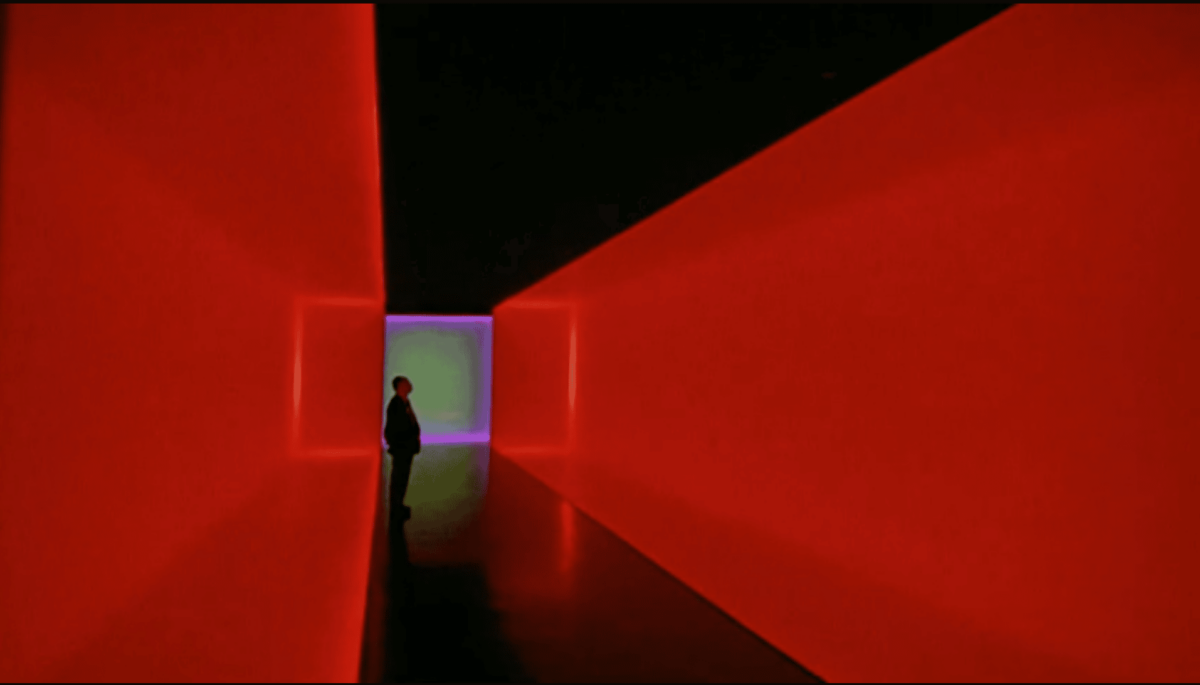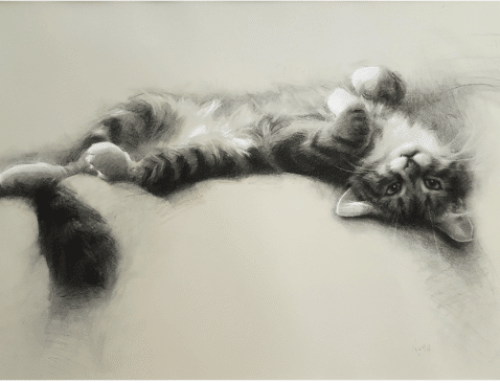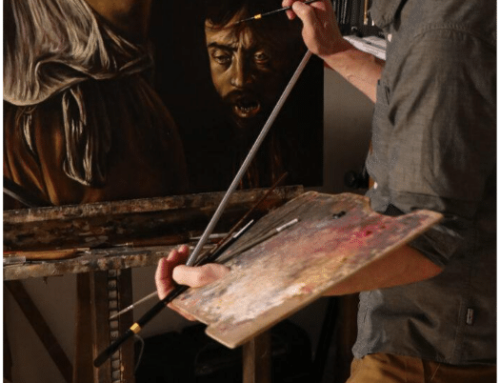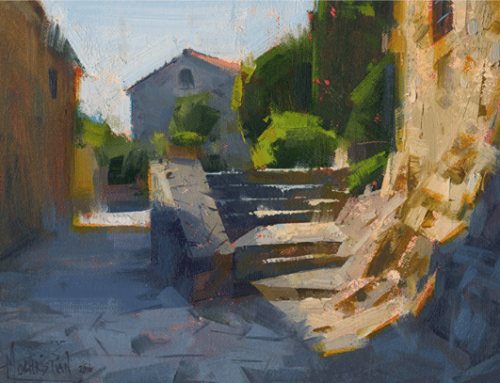How do we as viewers of art contribute to a work of art? For that matter, who is art for? Is it primarily for the artist or is it for others? How and why do viewers enter into – or not – a given painting, drawing, or sculpture?
At first glance it’s easy to mistake James Turrell for a purely conceptual artist making overly intellectual demands on the viewer. He uses unorthodox materials, but only to make work for our time that’s as spiritual as any Raphael, Caravaggio, or Bernini made for theirs. And thereon hangs a tale.
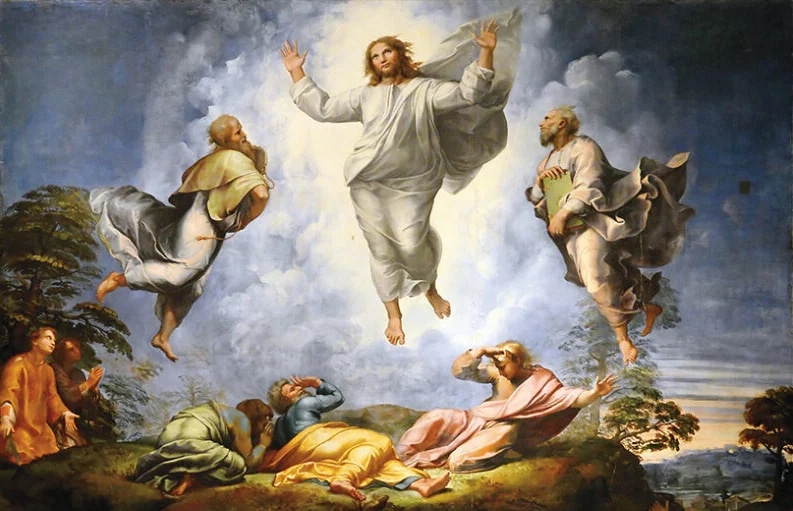
Raphael, Ascension (detail)
Turrell is perhaps best known for his Skyspaces, artificially lighted rooms with apertures open to the natural light of the heavens. They are designed to create in the viewer a sense of transcendent, immediate presence. Formerly a student of perceptual psychology and a pilot, he’s said that he considers his canvas and studio the sky and his medium the ethereal properties of pure light itself.
This 15-minute piece on Turrell from Art21 focuses on two works in Houston, Texas— an underground tunnel of light ( (The Light Inside) and a Skyspace in the ceiling of a Quaker Friends meetinghouse—as well as on Turrell’s life’s work in Arizona’s remote Painted Desert—Roden Crater. You can watch it here.
Toward the end of the segment, Turrell raises an intriguing question: what does it take to entice a viewer to become immersed in an experience of visual art the way someone reading a book “enters the space” of a book and becomes fully involved in the story? Many people look at art, but how does the artist entice them to “enter the realm the artist was involved in?” What can artists do to maximize that involvement?
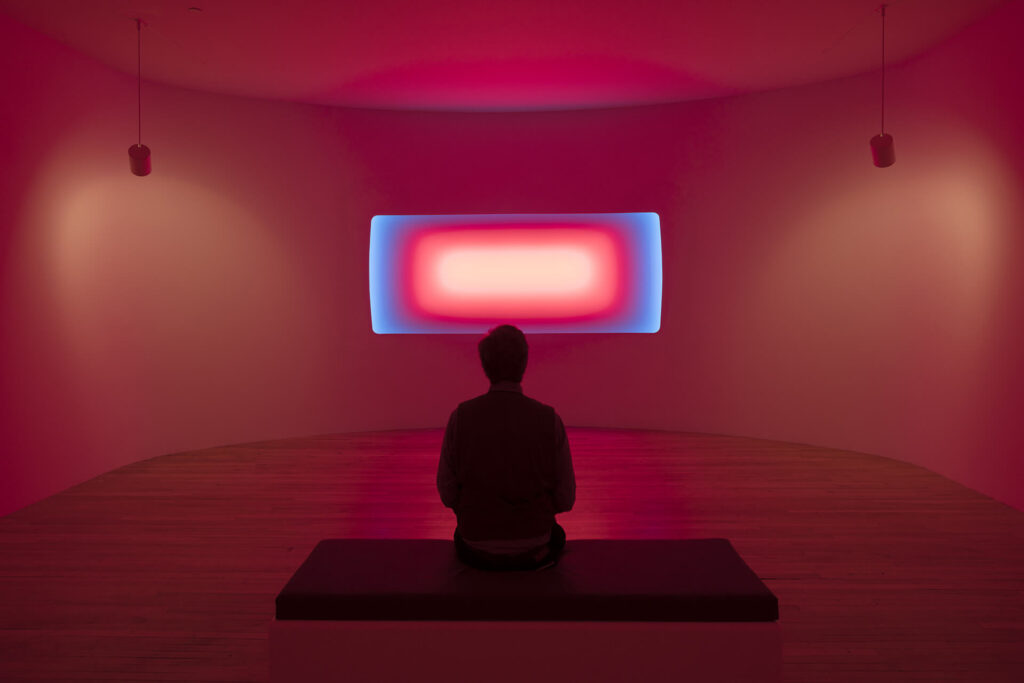
James Turrell, Dissolve (Curved Wide Glass) Image: Florian Holzherr
Looking for the answer in Turrell’s installations, there is the journey we as viewers undertake within ourselves in the moment of experience. There is also the (quite literal) journey we must undertake to see his work: Turrell’s commissions are permanently installed in 29 countries all over the globe. Whether that means a tunnel connecting two buildings (The Light Inside) or a crater in the Arizona desert, one generally does not see Turrell’s work hanging next to paintings in regular museums or galleries. The only museum in the world dedicated to his art must be sought for high on a mountaintop owned by the Hess family vineyard at Colomé in the remote Argentine region of Salta. (There is, however, a multi-room retrospective of his career on view at the Massachusetts Museum of Contemporary Art (MassMoCA)).
Pilgrimage – whether literal travel or the journey “inside” – is how seekers throughout the ages have found their way, and as Turrell says he wants for his viewers, “to feel one with the universe.”
Lighten Up!
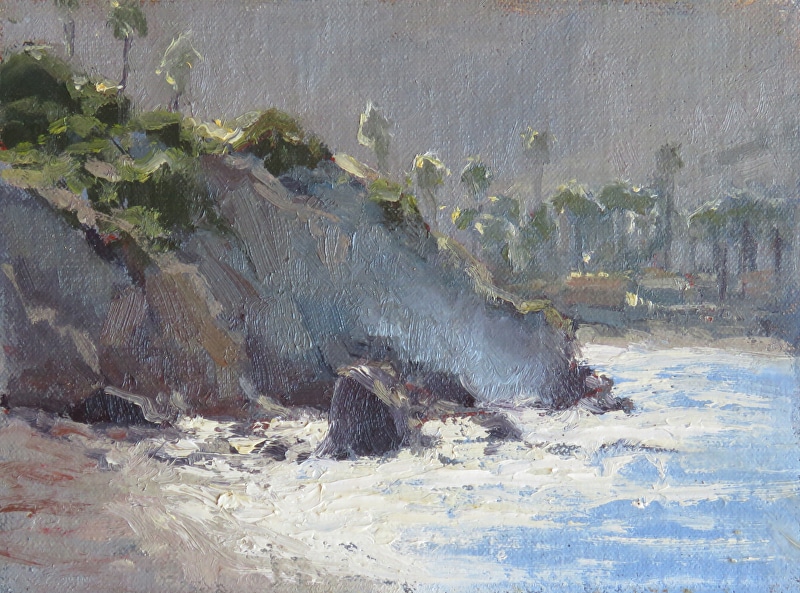
Kathleen Dunphy, Evening Shine at Two Harbors
Light may well be the most important thing in representational painting. Acclaimed artist Kathleen Dunphy, known for how she captures the light in her landscapes, has a video that breaks down exactly why understanding the quality of light is so important and how to express that confidently in your own paintings.

